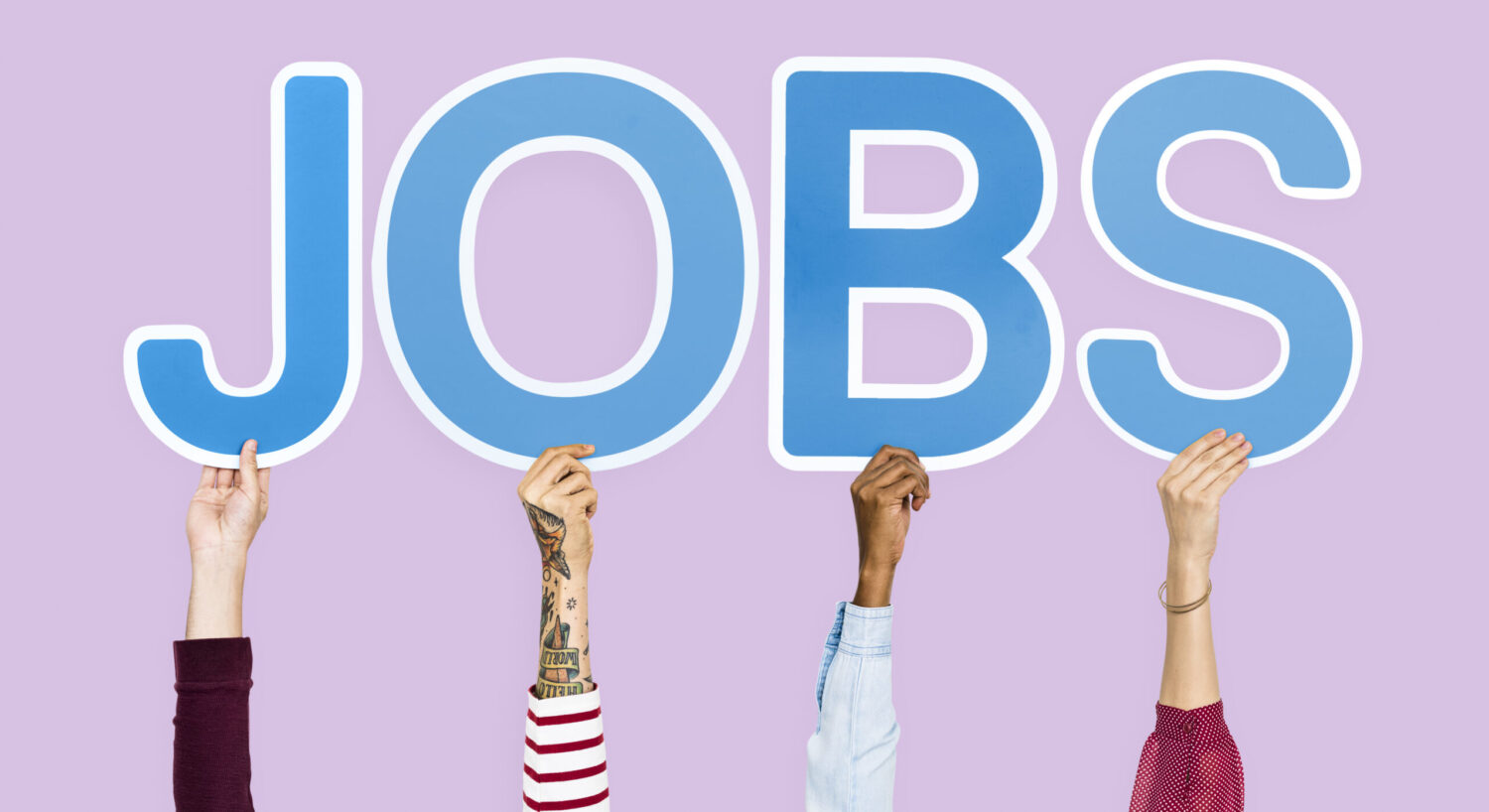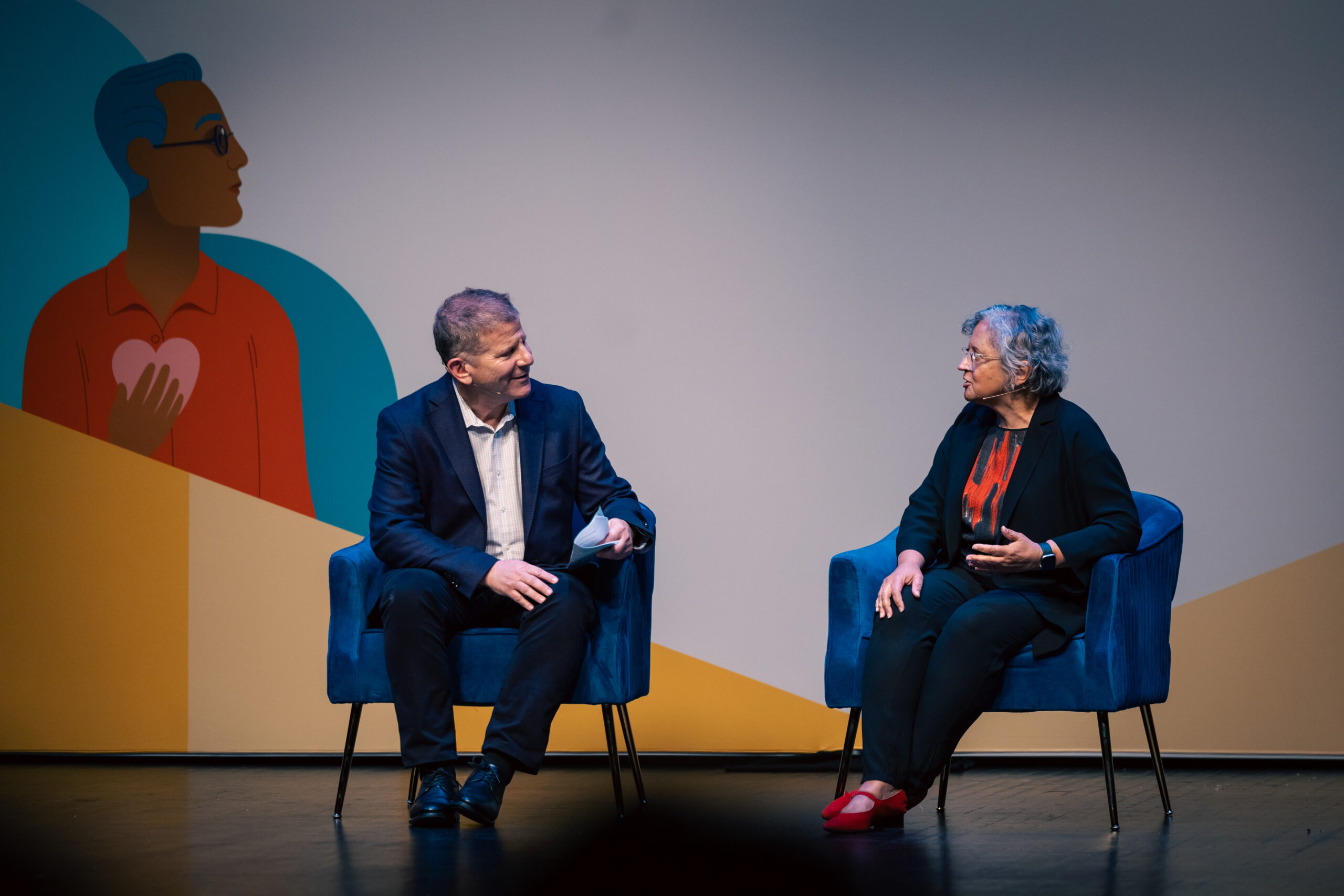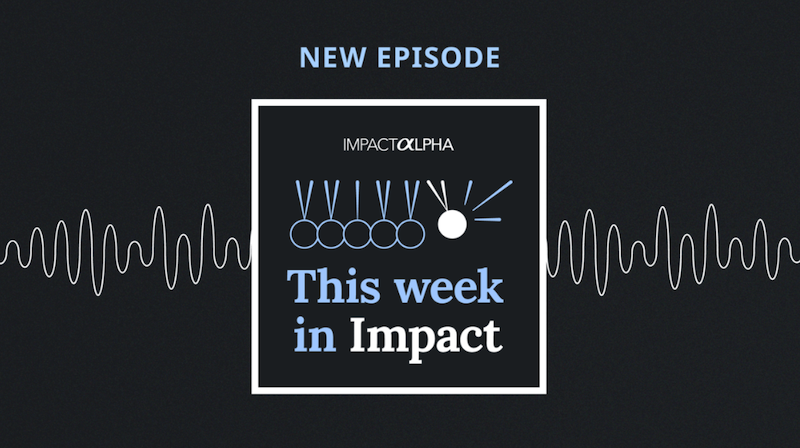ImpactAlpha, May 2 – Do impact investors really want long-term ownership?
A few years ago, the impact investment community homed in on a problem that needed fixing: to reach full potential, some investments could use a little patience.
The traditional private equity fund—with its closed-end structure typically spanning 10 years—often doesn’t give fledgling portfolio companies the time they need to generate optimum financial value or sustained social or environmental results.
In many cases, companies are humming with positive cash-flow and measurable impact—indeed, just getting started—when this artificial deadline obligates the fund and its investors to sell.
For all investors, these forced exits may mean they lose out on the increased value from good operating companies. For impact investors, acquisitions (not to mention IPOs) may mean the erosion of mission safeguards and the positive impact of the company’s products or services.
Holding companies – “holdcos” in the lingo – provide a solution to this problem, or were supposed to, by taking long-term stakes in operating companies that deliver benefits such as affordable housing, financial inclusion and sustainable fisheries.
Holdcos, long a mainstream investment vehicle, are fairly new to impact investing. Investor interest in alternatives to the traditional 10-year private-equity fund structure has led a number of impact-focused fund managers to develop and launch holdcos.
The results: Holdcos have experienced varying degrees of success raising capital. Some have struggled specifically because of the structure. Even though a significant number of investors—particularly family offices and foundations—say they want long-term ownership, there is still trepidation around liquidity. Investors want to know when they’re going to get their money back, managers and others familiar with the situation say.
“There’s certainly interest among investors in exploring [the holdco] structure,” says Allison Spector, senior manager of the Global Impact Investing Network’s Investors’ Council. The GIIN’s holding company working group launched in early 2016 and wrapped up this past December. “When the rubber hits the road,” she says, “converting that interest into deployment of capital becomes more difficult.”
Financing fish
Take the case of Pescador Holdings. The vehicle was developed by Encourage Capital for investment in sustainable seafood and fisheries in the Americas. Encourage launched Pescador in 2016, after completing a two-year research project financed by the Rockefeller Foundation and Bloomberg Philanthropies. That effort culminated in the release of a set of blueprints, “Investing for Global Sustainable Fisheries.” Because it takes time for a depleted natural resource to recover, an investment vehicle that provides long-term—or patient—capital makes particular sense for investors aiming to solve a problem such as stressed fisheries.
>>MORE: Is the Recovery of Wild Fisheries the New J-Curve for Impact Investors?
Investors indicated strong interest in a holding company structure for Pescador, people familiar with the situation say. However, Pescador has yet to reach a first close. It has an anchor investor in Zoma Capital, the family office of Ben and Lucy Walton, as well as commitments from other families and advisors. It has made investments in two companies: Geomar, a Chilean producer of gourmet canned seafood that works with coastal small-scale fisherman, and Portland, Ore.-based Fishpeople, which sells packaged meals featuring sustainably caught fish.
Concerns about illiquidity have been the major challenge in getting more than a small number of investors on board.
“Encourage brought Pescador to market as a holding company with an enormous amount of confidence,” says Matthew Weatherly-White, co-founder of The Caprock Group, which advises family offices and has invested in Pescador on behalf of its clients.
“They brought to market exactly what the market said it wanted. The fact that they aren’t sitting on $200 million dollars right now is baffling. If they were getting that body language from the research, and checks weren’t forthcoming, that’s irresponsible guidance.”
Because the issue is largely a lack of liquidity, Encourage is exploring structural options that would give investors more flexibility, says Jason Scott, co-managing partner of the firm.
“The interest in holding companies comes from a good place, it just comes down to the difference between good intentions and execution,” Scott says. “That said, it has been disappointing how few people actually have flexibility in terms of liquidity and taking a long-term approach to holding assets, and surprising how many people we thought had that flexibility just don’t.”
Often, the investor gets pushback from their advisor, investment committee or compliance folks, fund managers say, though this dynamic is certainly not limited to holdcos, or impact investing. “It’s hard to do anything new-structure wise in the asset management industry because the system is constructed to prevent people from doing new things that make them take on potential new risk,” Scott says.
Liquidity events
Pescador is only one of several cases in which investors have backed out of capital commitments to holdcos, largely because of liquidity concerns, after getting pushback from their investment committees, boards or lawyers.
There are a number of ways to address these concerns, including paying dividends, allowing investors to sell shares on a private secondary market, and planning to eventually take the company public. Holdcos would seem to be most appropriate for companies that can develop strong cash flows (that would support dividends), versus, for example, high-growth startups that may generate losses for many years
Inclusio, a holding company that invests in affordable housing for the homeless, the disabled and low-income families, has charted a path to the public markets and encountered a reasonable amount of success. Managed by Belgium’s Kois Invest and structured as a Real Estate Investment Trust, or REIT, Inclusio launched in 2015 and has since raised 90 million euros (US$108 million).
By the end of 2018, Kois plans another fund raising, of an anticipated $50 million to $60 million euros, says Francois de Borchgrave, managing partner at the firm. He says the plan to list Inclusio on the Belgian stock market in 2020 or 2021 has definitely helped win over investors.
“Because the structure is listed, you provide an element of liquidity for your investors, who can exit at any point without having to liquidate the assets,” de Borchgrave says. “It’s important for people concerned with financial returns to have clear visibility on what their exit options are going to be and what their return opportunity is going to be.
“It’s also very important to have the evergreen structure to protect your social mission,” he says. “We’re not forced to sell the assets to people who then kick low-income tenants out of their apartments.”
Patience
Strong proponents of holdcos argue that long-term ownership in a company allows investors to reap the financial benefits of investment in areas such as research and development, capital expenditures, workforce training, and social and environmental improvements. Such investments make the company more sustainable and profitable in the long run, for example by reducing the use of toxins or carbon emissions.
“It’s very difficult in my view for many companies to achieve their full impact potential through a short-term ownership structure,” says Diana Propper de Callejon, managing director at Cranemere, a holding company that pursues both impact and financial return.
“A lot of investments in the environment and people just won’t make financial sense, just as there’ll be some investments in R&D and capex that won’t make sense if you’re a short-term owner,” she says. “It’s the long-term ownership that enables you to make the deeper environmental and social investment in the company, and then be there to capture the business value that’s unlocked with those investments, as well as ensure the environmental and social impact. They really go hand in hand.”
It may take a few more years to know if holdcos will really catch on, as innovators develop workarounds to address investor concerns. Or it may be that it simply takes time for investors and those around them to change their mindsets and try investment structures or methods they haven’t used in the past, according to people ImpactAlpha spoke to for this story.
A little patience, anyone?
An earlier version of this article incorrectly reported on the history of Pescador Holdings. Pescador launched its fundraising only after making its first investment in February 2017. The article has been corrected.












